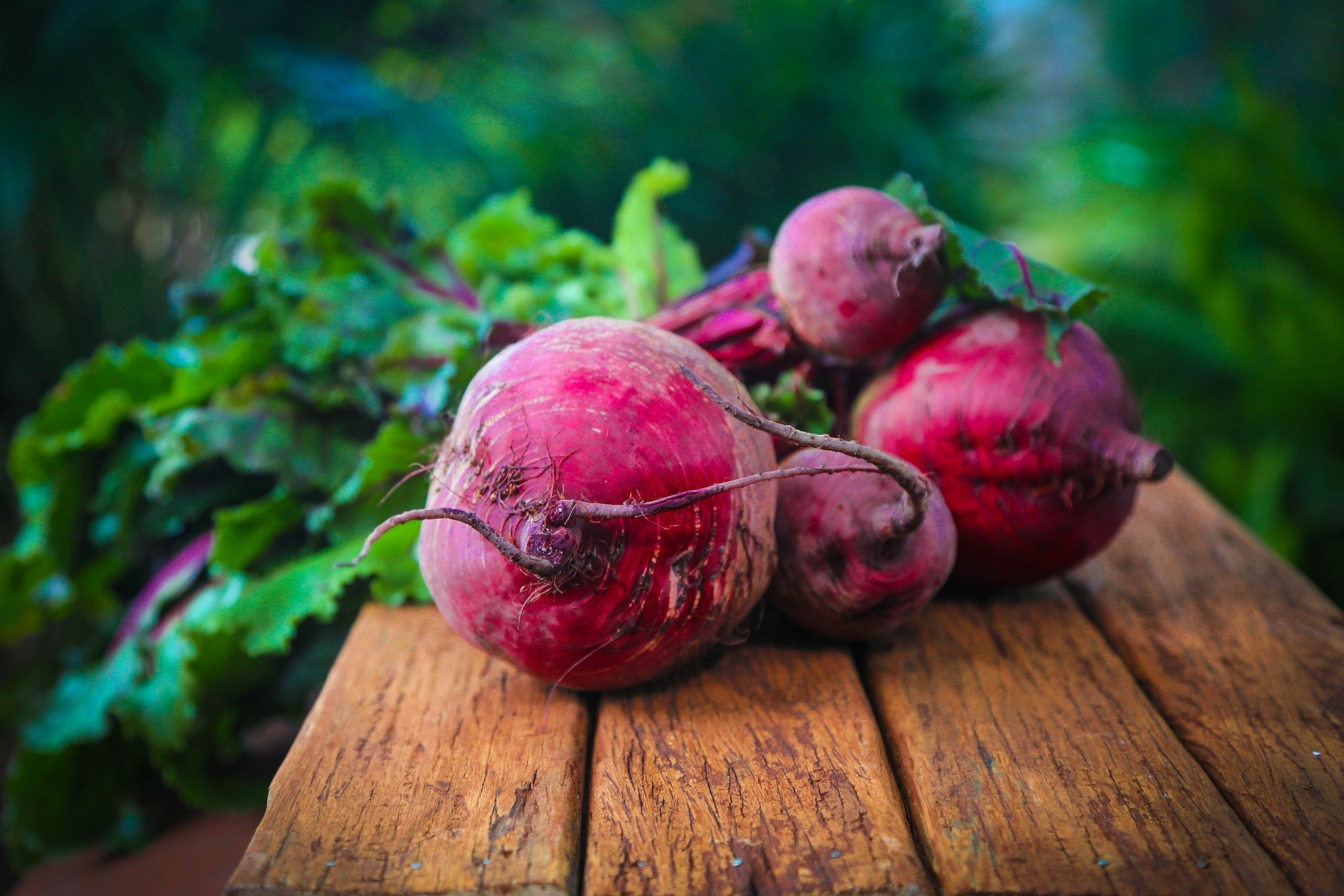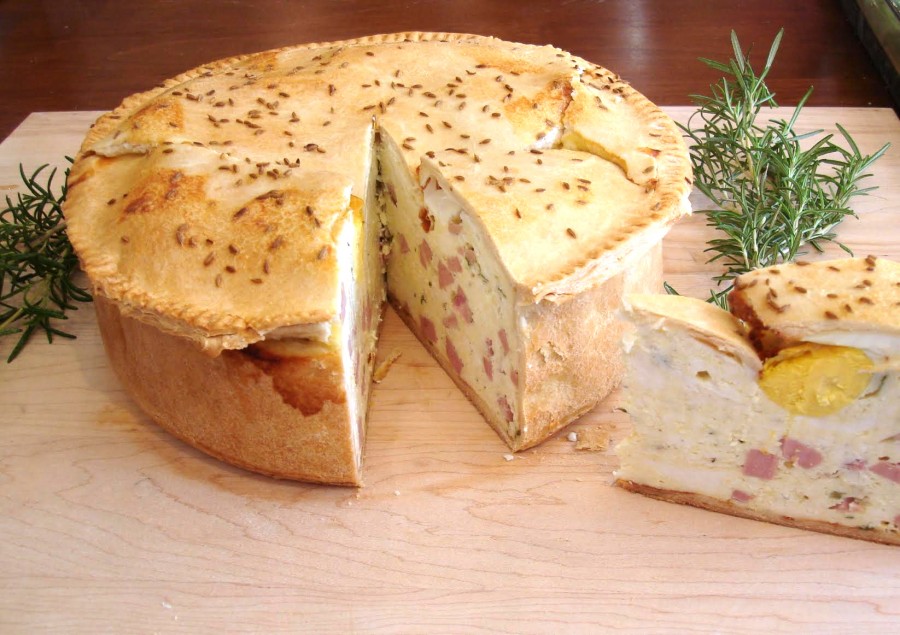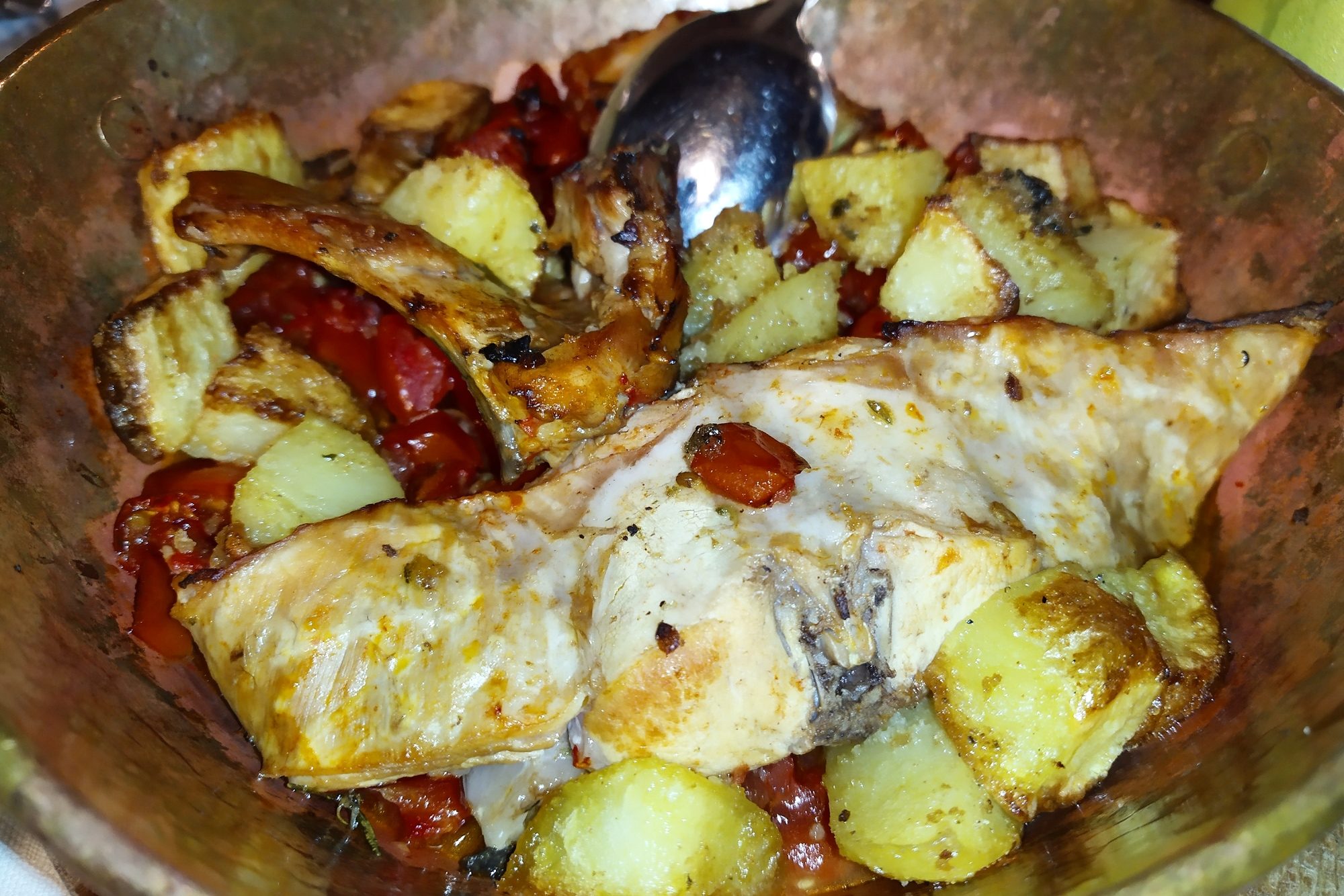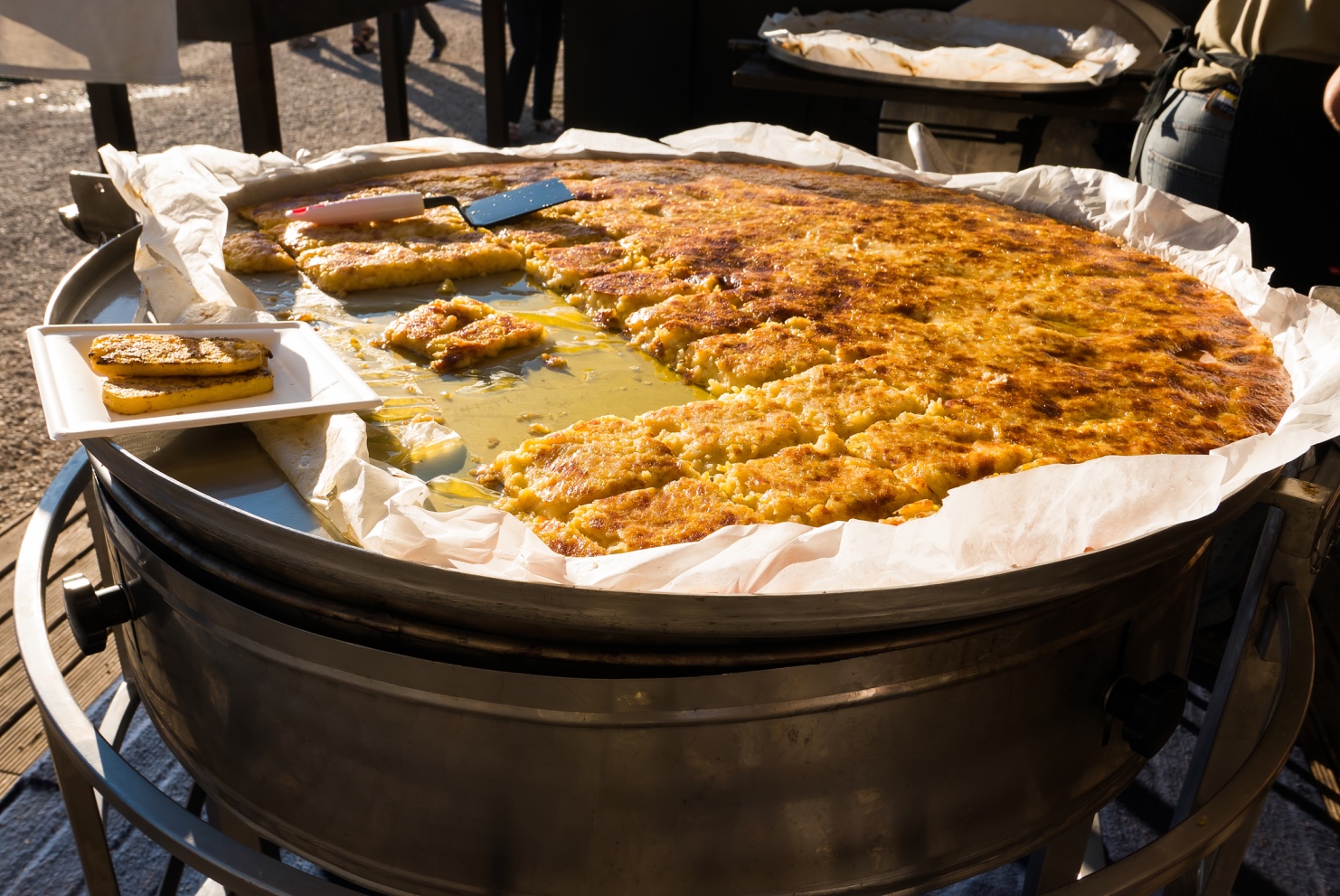Growing up, beets out of a can never sold me on this oddly colored vegetable. But today, fresh beets in all colors and sizes are everywhere. You can steam, roast or boil them or just shave them raw. Purple beets, which can leave your fingers stained for days are great for giving your pasta a pop of color. So give this recipe for agnolotti a try for your holiday table.
This recipe serves about 10 people as a first course.
Ingredients:
Filling
• The greens (tops) from a purple bunch and a yellow bunch of beets
• 2 cups ricotta cheese, drained of excess liquid
• ½ cup Parmesan cheese
• 1 egg
• Salt and pepper to taste
• Dough
• 14 ounces (by weight) of “double zero” flour
• 4 jumbo eggs or 5 large eggs
• 1 steamed and peeled purple beet
• Extra flour for dusting and kneading
• Pinch of salt
• Sauce
• 1 whole stick (8 tablespoons) of butter
• ¼ cup toasted pine nuts
• Salt and pepper to taste
• Ricotta salata cheese, shaved with a vegetable peeler
• Steamed and peeled yellow beets (3-4; depends on size), shaved with a mandolin
Directions:
To make the filling:
1. Thoroughly rinse the beet greens by floating them in cold water in your sink or a large bowl, allowing the sand and grit to settle to the bottom. Lift from the water and drain in a colander.
2. In a medium saucepot, add ½-inch of water to the bottom. Add the beet greens and heat over high heat. Steam for about 10 minutes. The beet greens will reduce in size. Drain in the colander.
3. When cool, finely slice the beet greens into ribbons.
Mix together with the remaining ingredients in a bowl and incorporate with a wooden spoon. Taste and adjust the seasoning with salt and pepper.
4. Cover and chill in the refrigerator until ready for use.
To make the dough:
1. Pour the flour out on to a wooden board.
2. In a blender, add the eggs, one steamed purple beat and a pinch of salt. Blend well on a low speed so all the beet material is liquefied into the egg.
3. Make a well in the center of the flour and pour the eggs/beet mixture into the center.
4. Begin to fold the flour into the eggs/beet mixture by working around the edges of the well. Continue to fold into the flour until the dough is wet but not soupy. You don’t have to use all the flour. You want the dough wet. You can always add flour later but it’s very hard to add liquid. Depending on how wet the beet was, you might need to add quite a bit of flour to make a normally wet pasta dough.
5. Now it’s time to dive in with your hands. Gather the dough with your hands and begin to knead it. The dough will stick to your hands but should not stick to the board. Add additional flour until the dough is still very damp but no longer sticking to the board as you knead it.
6. Knead the dough for about 10 minutes. Then wrap in wax paper and let rest in the refrigerator for at least 30 minutes and at most overnight.
7. Clean the board off with a bench scraper.
To assemble the agnolotti:
1. Spoon the filling into the plastic bag and create a cheap disposable pastry bag by forcing the filling to one bottom corner of the bag. Snip the bag with scissors to create a ½-inch hole. Remember you can always make the hole bigger but you can’t make it smaller!
2. Remove the dough from the refrigerator and cut into quarters. Place one quarter of the dough on the board. Cover the remaining dough with the wax paper.
3. Dust both sides of the dough with a little flour and flatten it with the palm of your hand. Using the pasta maker or attachment, roll out the pasta to a rather thin size (I go to the #5 on the KitchenAid).
4. Cut the dough into shorter segments if needed and lay out on a work surface. Cover with a slightly damp towel.
5. Addressing one segment of dough at a time and keeping the rest covered, pipe a series of about a teaspoon of filling spaced about 1-1/2 inches apart down one side of the dough, leaving about ¼ inch along the long edge.
6. Roll the “other” long edge of the dough over the filling. Press your fingers down the folded-over dough to gently seal.
7. Pinch the dough between each clump of filling to seal the dough and press away the filling from the seam. Be sure to seal it very well.
8. Using the pasta cutter, cut down the long side that was folded and then between each “pillow” of filling.
9. Place each agnolloti the sheet pan dusted with coarse semolina.
10. Continue with remaining dough until you run out of dough or filling.
11. Let the pasta dry on the sheet pans for about 30 minutes, then freeze on the sheet pans and remove to sealed plastic bags for storage in the freezer.
To complete and serve:
1. Toast the pine nuts in a dry sauté pan until golden brown. Immediately remove to a bowl so they stop cooking.
2. Put up a large pot of salted boiling water for the pasta.
Prepare a large saute pan to finish the pasta. Slowly melt the butter in the pan and stir the butter over low heat until it begins to brown. If using unsalted butter, add a little salt.
3. Drop the pasta into the boiling water and gently stir. When they mostly rise back to the top, cook for 1 minute. Even for frozen pasta, this will happen fast.
4. Remove the pasta to the pan with the butter using a spider. Spoon a little pasta water into the pasta/butter mixture.
5. Gently cook in the butter for 1 minute and remove to warmed plates using the spider.
6. Top with shaved golden beets, sprinkled toasted pine nuts and shaved ricotta salata. Serve hot.
Joe and Michele Becci are a brother and sister team who love all things Italian. Together, from opposite coasts, they co-author the blog OurItalianTable.com.































